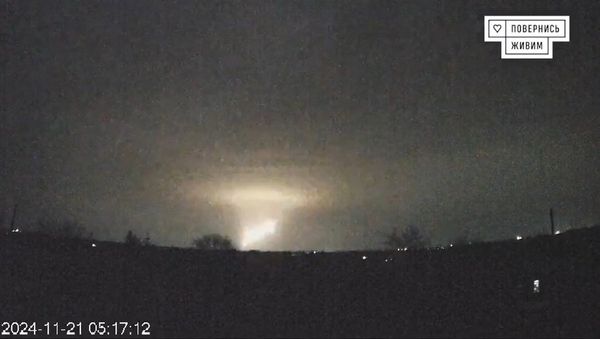Top leaders know how to assess risk. But that doesn't mean they do it all on their own.
When you weigh risks that can affect your business, you might not see everything. You might overlook details that impact your future — or miss hazards that lurk just around the corner.
Risk managers help CEOs and business owners spot potential perils and develop contingency plans if those problems arise. They may specialize in reputational damage, cyber vulnerabilities or climate and structural resilience.
The best risk managers are keen observers of trends. They spot details that others miss. And they plan for a range of scenarios.
"You need a certain emotional intelligence when approaching risk," said David Hillson, a consultant in Petersfield, England, who's known as the Risk Doctor. "It's understanding your starting position — your personality — and what risk attitude will help you achieve your goals."
To get ahead of looming risks, think like a risk manager. How can you separate signal from noise to access risk?
Pose Questions To Assess Risk
You're more likely to unearth relevant details if you ask the right questions. The search for answers can lead you to think more precisely about what factors can affect various outcomes.
"To spot risks, you need to train yourself to ask questions," said Hillson, co-author of "Making Risky and Important Decisions." He suggests using "a question funnel" where you begin with general inquiries to gather information and then drill down to explore hypotheticals, uncover more detail and confirm understanding.
Stoke Your Curiosity
Like a master sleuth, harness all your senses to detect details that can impact the future. Marshal your discipline to spot hidden patterns or underlying risks.
"Never be satisfied with your first answer," Hillson said. "Keep asking 'why' and 'how' questions."
Move Up And Down, Then Repeat
To evaluate risk, begin in the clouds. Take a high-level view of the broad landscape that you face. Then go into the weeds to analyze details that matter.
"You want to oscillate between the two," Hillson said. "Start with the big picture, then dive down to get details, put them into context and look at what they tell you and how they fit into the big picture."
He calls this "the bungee approach to risk," as you toggle between lofty heights and on-the-ground details.
Identify Blind Spots To Assess Risk
Risk assessment requires sifting through uncertainties. Whenever you identify an unknown, determine what additional information you need to gain to assess risk.
When advising business leaders, Hillson urges them to address two questions: "What do I need to know and pay attention to that I don't currently know and pay attention to?" and "What do I need to do that I'm not doing?"
Assess Risk: Adapt To Your Audience
As you weigh risk, enlist the help of colleagues, consultants and customers. Just be sure to engage them properly so that they level with you.
"It's the ability to speak to anybody from (senior executives) to workers on the shop floor," Hillson said.
"Whoever you're talking with, you have to use their language" to extract more insight from them.
Balance Pessimism With Optimism
Worrying about all the hazards that can befall you and your business comes naturally to many leaders. But don't stop there.
The best risk managers won't just warn you about what can go wrong. They also highlight what can go right and how to capitalize on positive developments on the horizon.
"You need to be careful," Hillson said. "You also need to be brave. It's the uncertainty that any kind of risk can hurt you or help you."







